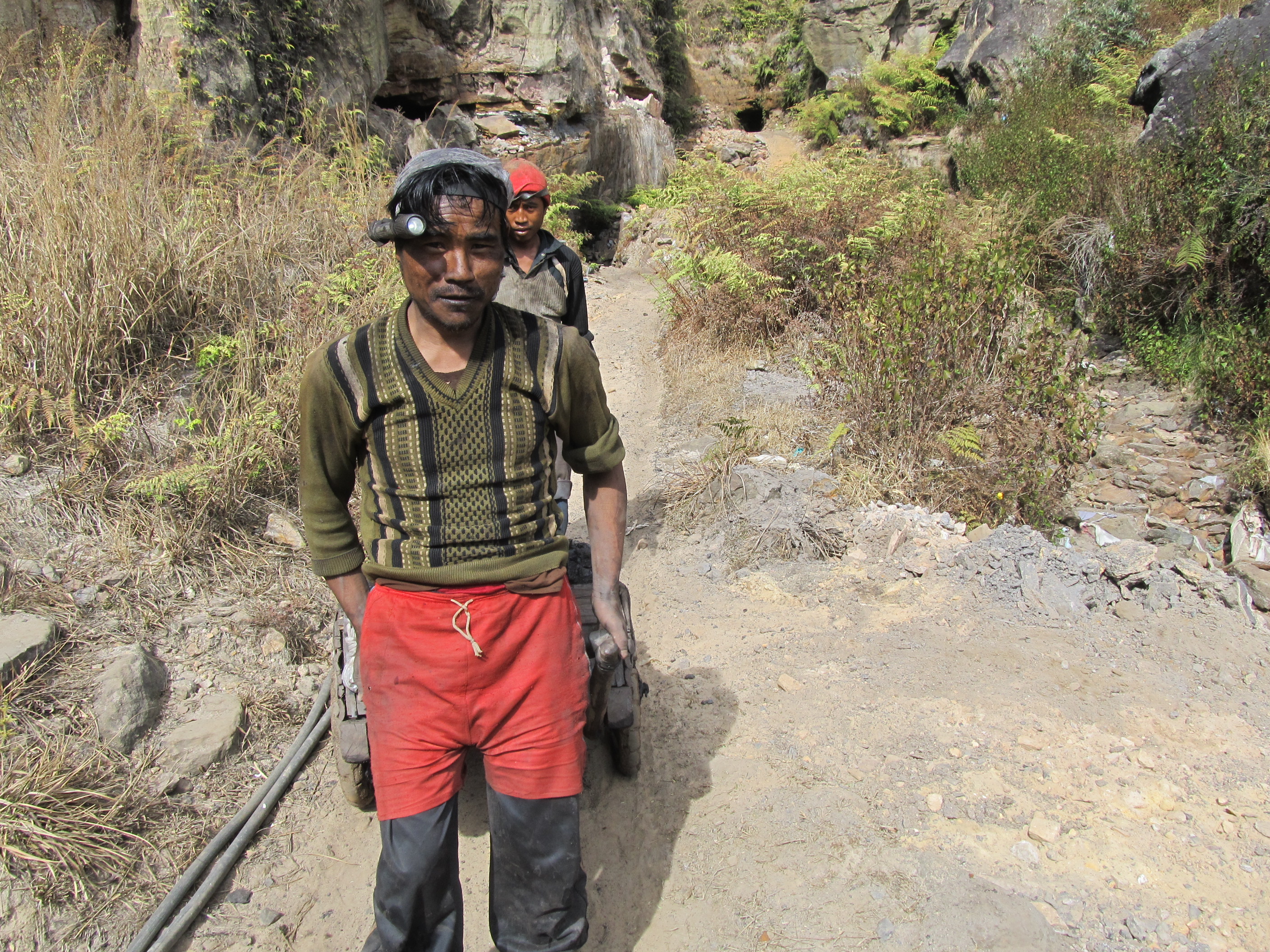How useful can imagination and multi-media imagery be in helping to explain the risks of global warming? Check out this remarkable interactive map produced by Architecture 2030, the non-profit founded by Ed Mazria, an architect based in New Mexico. Each of the red hot spots identifies a coastal community that would largely disappear in a torrent of tidal flooding caused by the melting ice caps. It’s among the most immediately visual scenarios of a potential national calamity I’ve seen.Â
Achitecture 2030’s terrific work also includes examples of expert messaging that adorn almost every section of its first-rate Web site. The call to action surrounds a single essential assertion: America doesn’t need and shouldn’t even think about building one more coal-fired power plant.
[youtube]snPdEl0Duoo[/youtube]
That also is a message that the world’s climate change scientists and activists need to carry to Bali, where the 11-day United Nations Framework Convention on Climate Change got started today.
More quickly than many advocates of clean energy ever imagined, the idea of halting every new power plant proposal is gaining mainstream acceptance in the United States. The only comparable example in American environmentalism of citizens and scientists coalescing so quickly around a big idea to ban an industrial technology occurred in the 1950s and early 1960s with the global pact to end atmospheric testing of nuclear weapons. It still took more than a decade to ratify the first nuclear test ban treaty in the early 1960s.
Who knows how long it will take to convince Americans that coal-powered plants are a fundamental hazard to themselves and their children. But the path to a national ban is now slowly being strewn with cancelled plants. Kansas halted a new plant in October. An Idaho utility in November abandoned its plan to build a plant. In 2004, citizens in Manistee, Michigan halted a proposal to build a coal-fired plant along the shore of Lake Michigan.
In each case, the idea of turning aside a bad idea began with one person deciding to make a difference. That is certainly the case with Ed Mazria, who became interested in energy efficiency and architecture, and very quickly expanded his vision to include activism to respond to climate change. What’s so hopeful is that online technology, global dissemination tools, interactive multi-media, adept presentation skills, and some cash invested in the right places (great GIS and multi-media, and full page ads in the New York Times) made its possible for one individual to add real value to a necessary conversation.

